Toyota has reached the final phase of its project to develop a hydrogen fuel cell Toyota Hilux pickup, highlighting progress in its journey towards a zero-carbon future.
Since unveiling the first prototype in September 2023, Toyota and its consortium partners, supported by UK Government funding, have advanced their collaborative project to the stage of intensive prototype evaluation and demonstration.
This recent milestone shines a light on the extensive scope of Toyota’s multi-path strategy towards carbon neutrality. Toyota is applying a range of powertrain technologies – hybrid electric, plug-in hybrid electric, battery electric, fuel cell electric, and e-fuels – to meet diverse user needs and local infrastructure.
Ten fuel cell Hilux prototypes have been constructed at TMUK’s Burnaston facility in Derbyshire. Five of these vehicles are undergoing rigorous field testing to evaluate safety, performance, functionality, and durability, generating real-world test drive data. The other five vehicles are being showcased to customers and the media, including demonstrations at the upcoming Olympic and Paralympic Games in Paris 2024. Through this customer engagement, Toyota is preparing for a successful hydrogen transport sector.
The insights gained from the Hilux project, combined with Toyota’s 30 years of hydrogen fuel cell research and development, will contribute to the next generation of fuel cell technology. This new technology will offer longer lifecycles, extended driving ranges, and significantly reduced costs.
Toyota anticipates that Europe will become one of the world’s largest hydrogen fuel markets by 2030, with steady growth in mobility and power generation applications. In response, Toyota Motor Europe (TME) announced the Hydrogen Factory Europe in December 2023, showing the company’s coordinated approach to commercialising this technology, from development and production to sales and after-sales service.
The fuel cell Hilux prototype project is an important step towards further developing hydrogen technology and stimulating the broader rollout of hydrogen ecosystems and infrastructure across Europe.
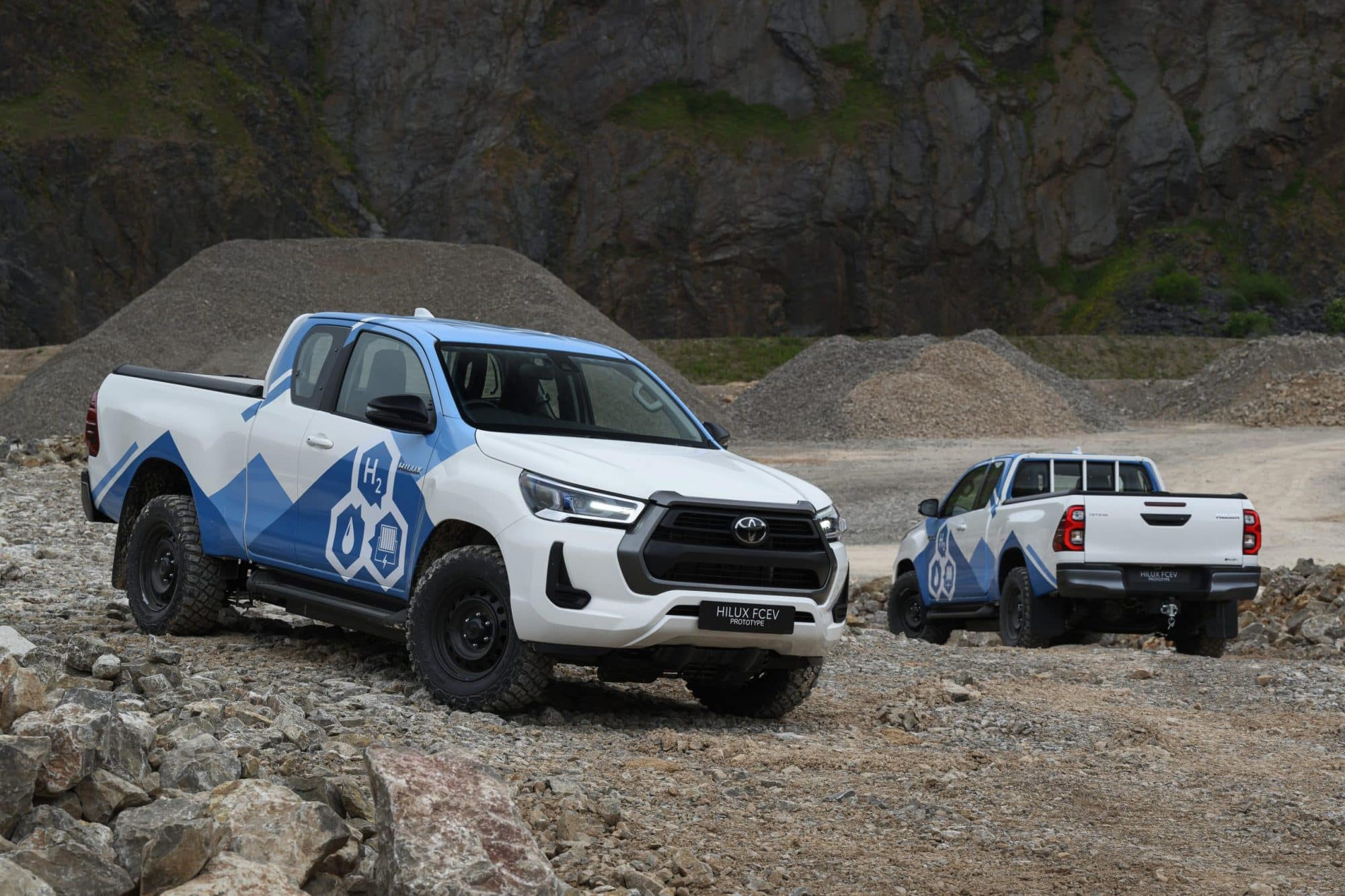
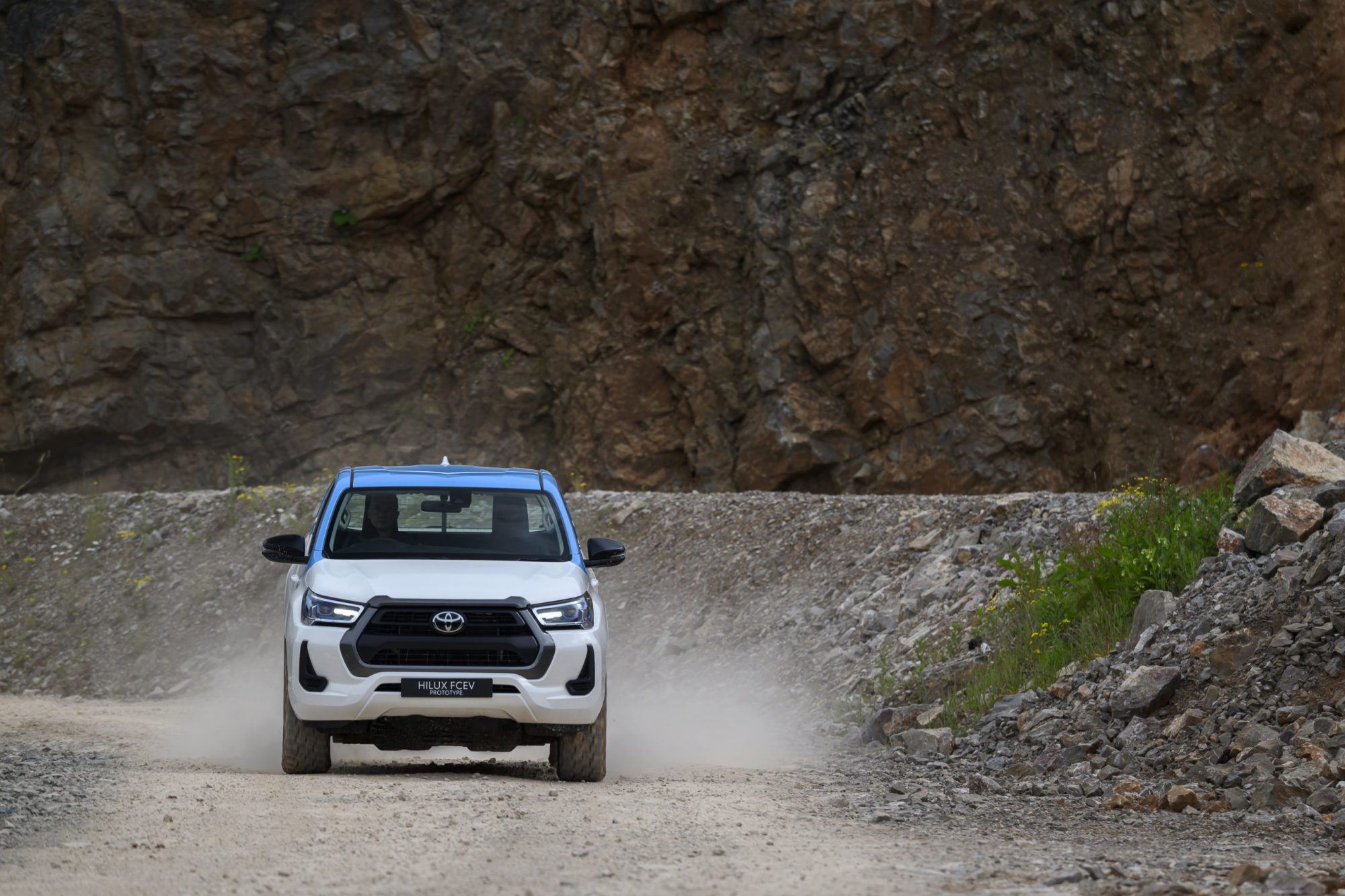
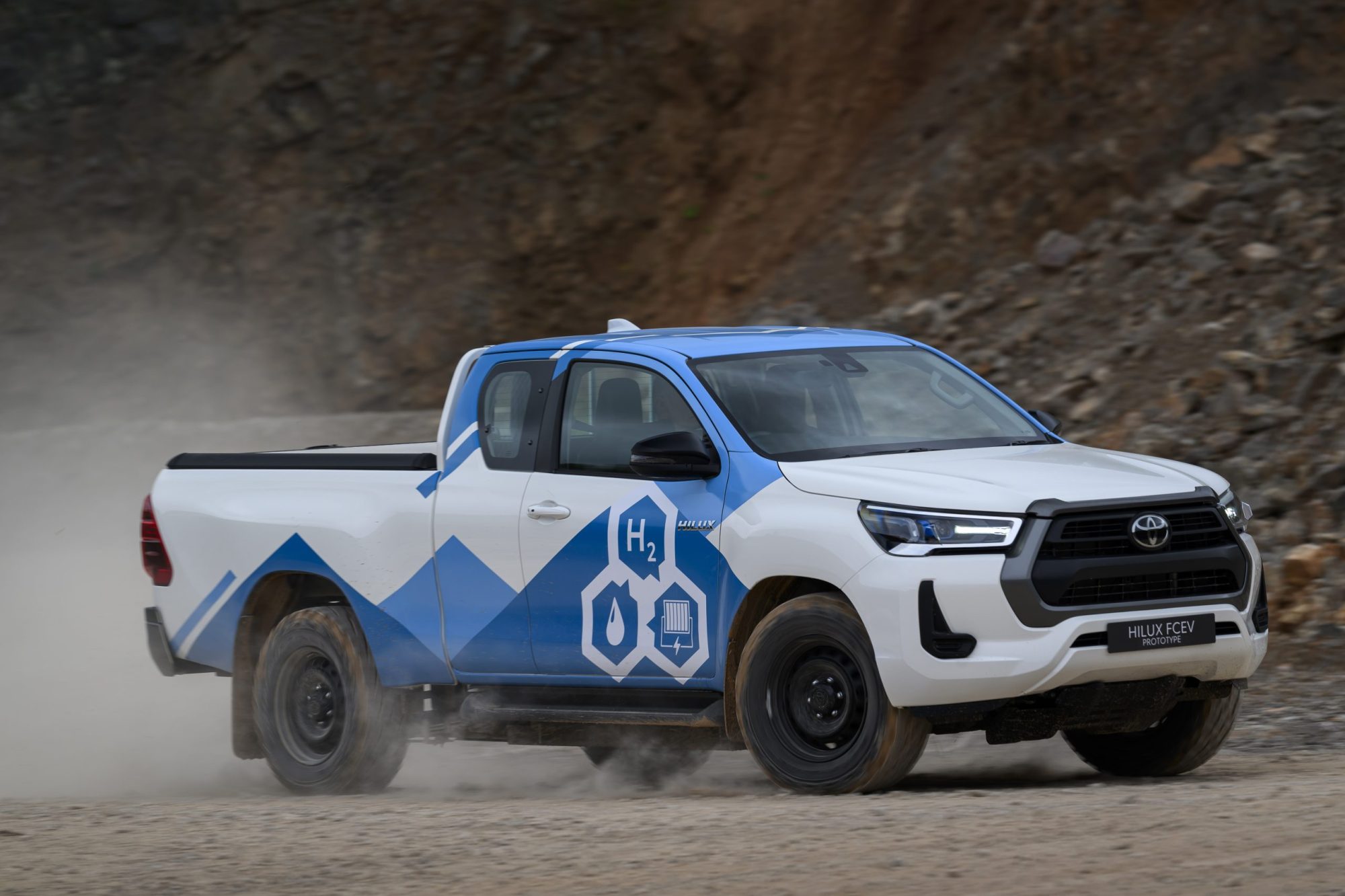
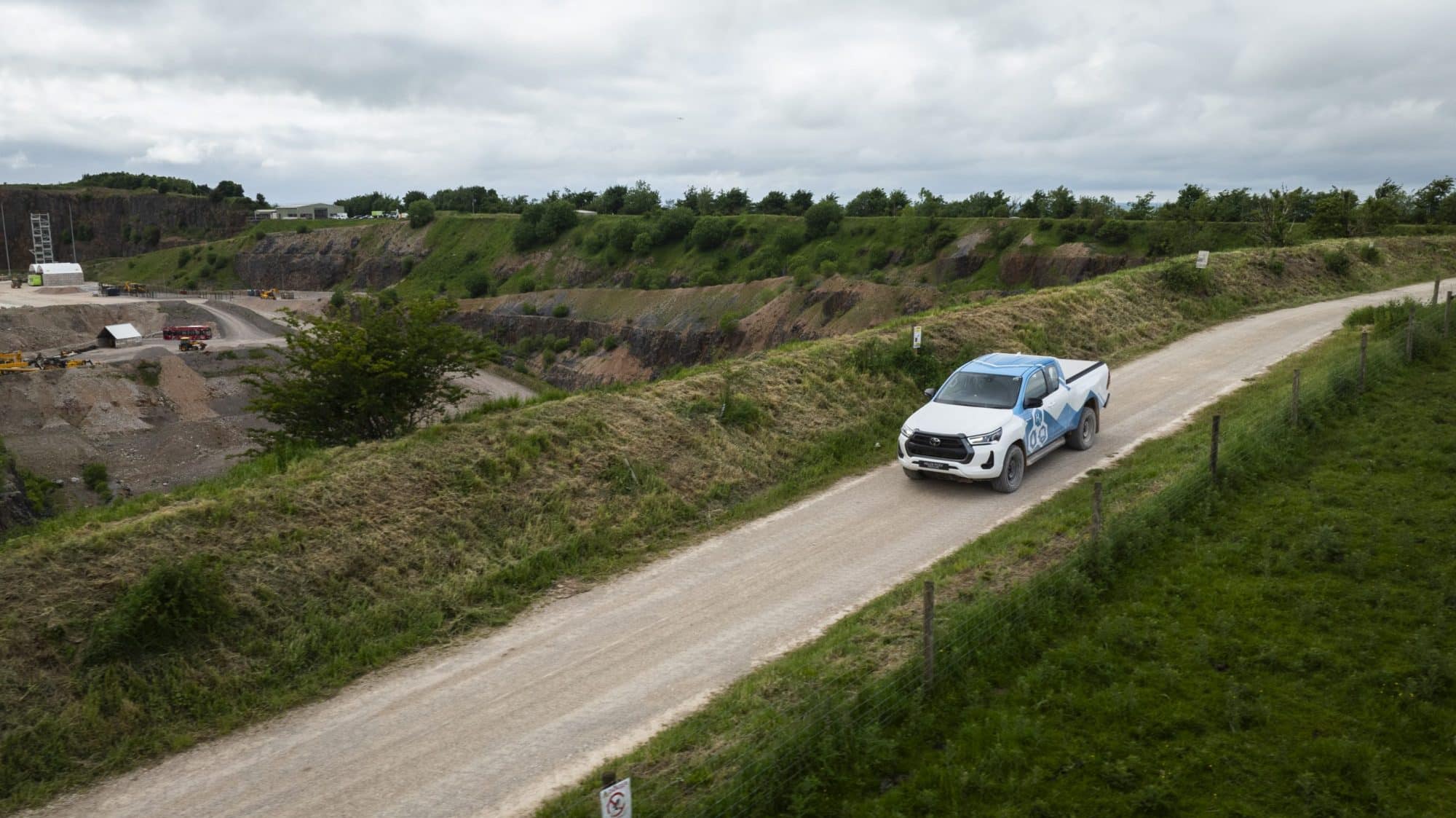
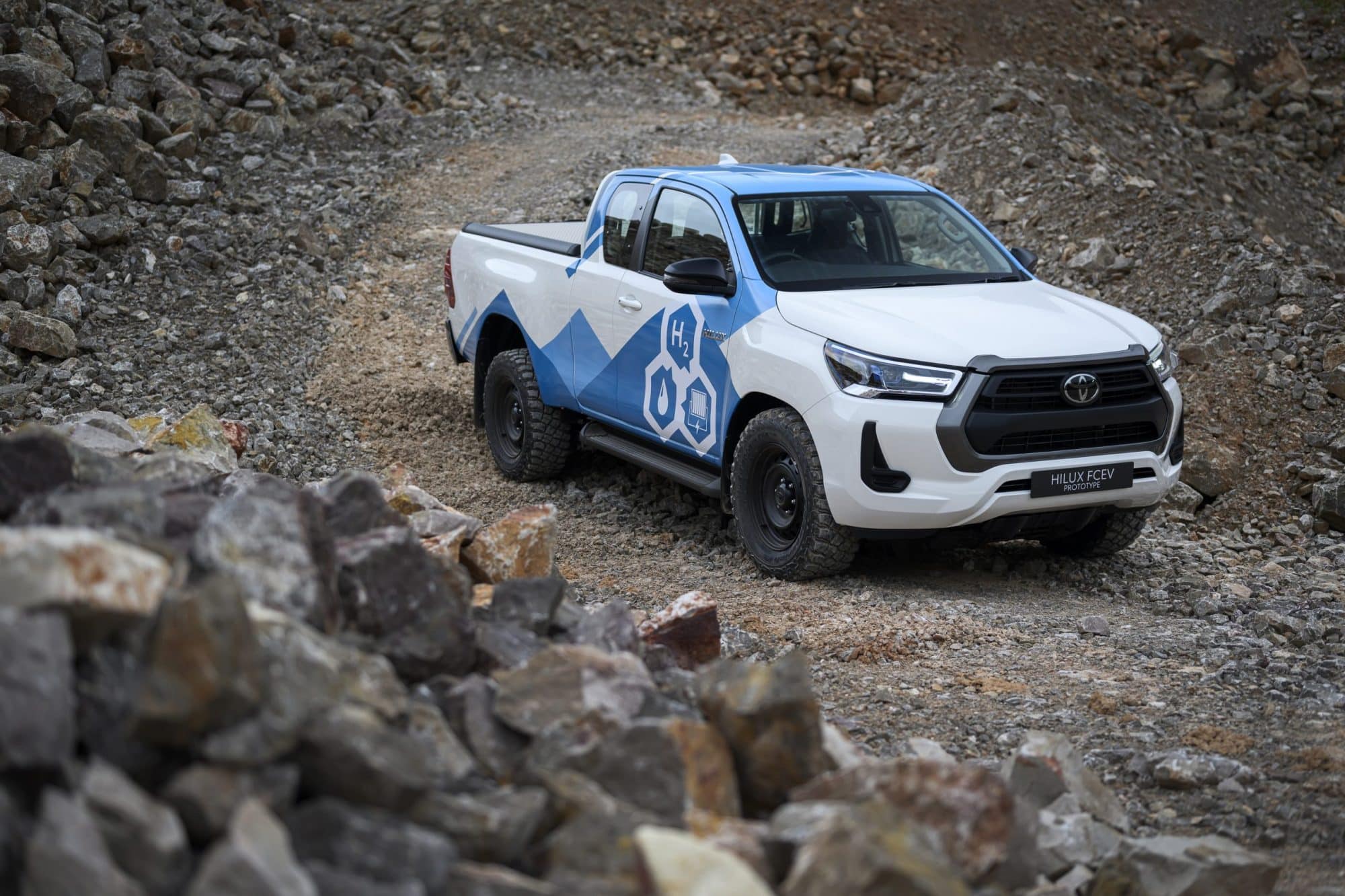
The Truck
The hydrogen fuel cell prototype Toyota Hilux demonstrates how fuel cell technology can be integrated into a pick-up vehicle. It is based on the famous truck, known for its quality, durability, and reliability, proven in some of the world’s toughest terrains.
Since its introduction in 1968, the Hilux has showcased its formidable strength, conquering the North Pole, Icelandic volcanoes, and the Antarctic continent. It also boasts three victories in the Dakar Rally, one of the most demanding motorsport events. The fuel cell prototype retains the Hilux’s uncompromising DNA while paving the way towards a zero-carbon future.
Externally, the fuel cell model maintains the same dimensions and rugged appearance as the latest Hilux generation. It features an extra-cab body style, measuring 5,325mm in length, 1,855mm in width, and 1,810mm in height. However, beneath the surface, Toyota’s cutting-edge fuel cell technology sets it apart as something special.
The powertrain utilises core components from the fuel cell system used in the Toyota Mirai, which has proven its reliability over nearly a decade of commercial production since the introduction of the world’s first mass-produced fuel cell sedan in 2015.
The fuel cell Hilux offers an impressive driving range of up to 373 miles (600 km), exceeding what might be achieved with a battery-electric system. Additionally, hydrogen’s lightweight nature allows for a higher payload and towing capacity compared to other zero-emission alternatives.
Hydrogen is stored in three high-pressure fuel tanks, each holding 2.6 kg, for a total capacity of 7.8 kg. These tanks are built into the vehicle’s ladder frame chassis. The polymer electrolyte fuel cell stack, comprising 330 cells, is mounted above the front axle.
The fuel cell Hilux features rear-wheel drive, powered by an e-motor on the rear axle that delivers a maximum of 134 kW (180 bhp, 182 DIN hp) and 300 Nm of torque. When driven, the fuel cell emits no tailpipe emissions, producing only pure water.
A lithium-ion battery stores the electricity generated by the fuel cell, positioned in the rear load deck above the hydrogen tanks, ensuring no loss of cabin space.
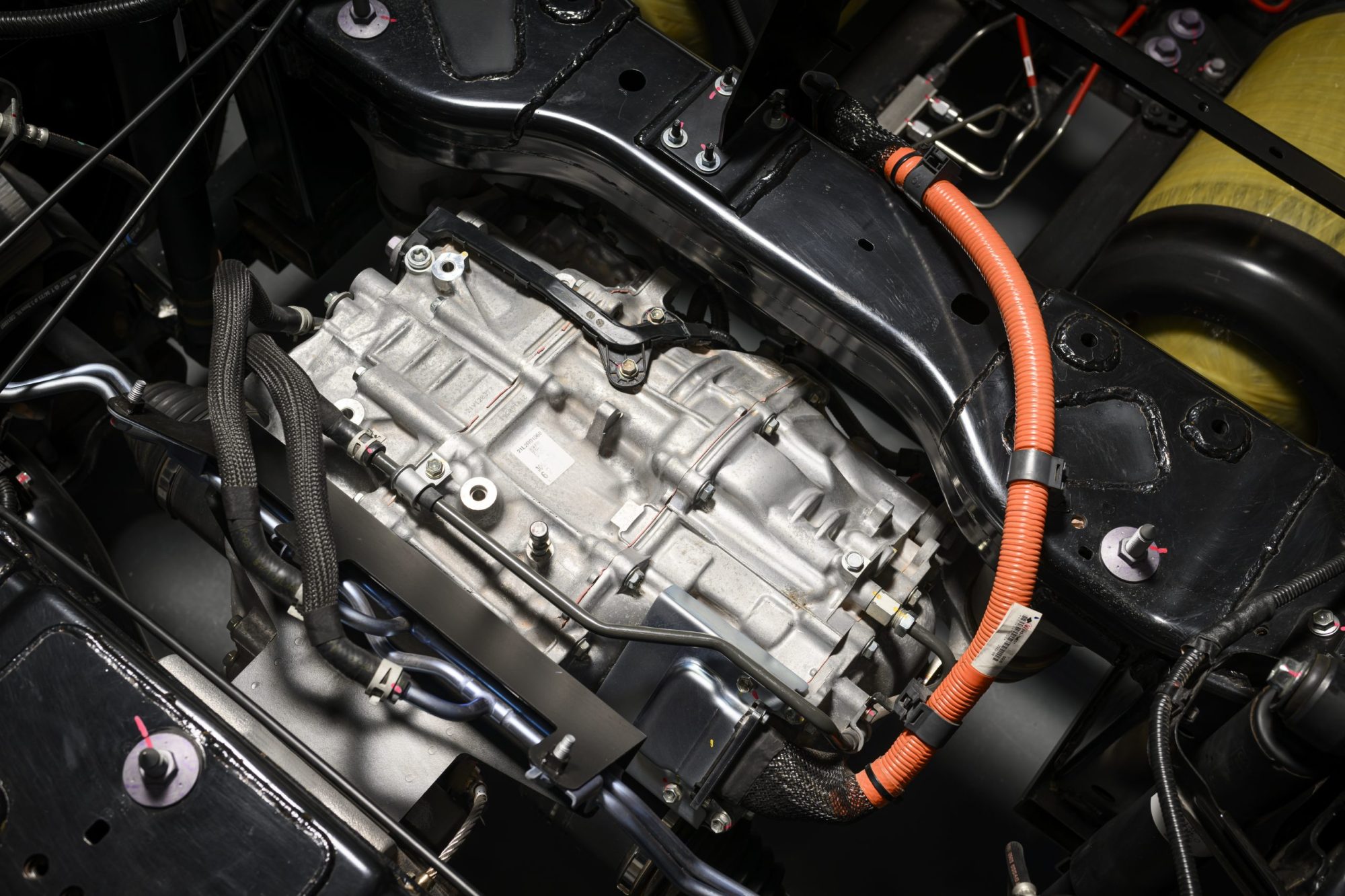

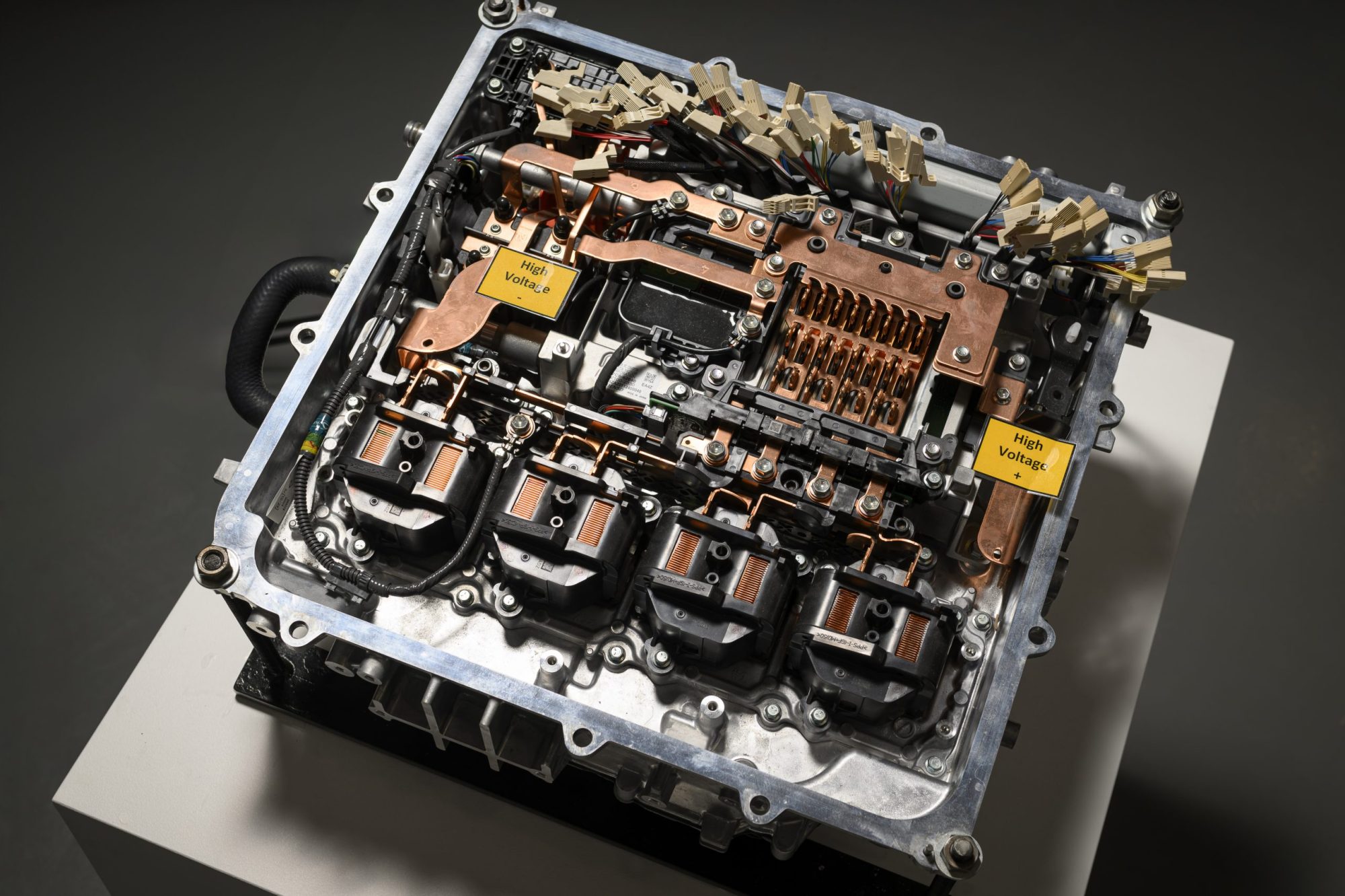
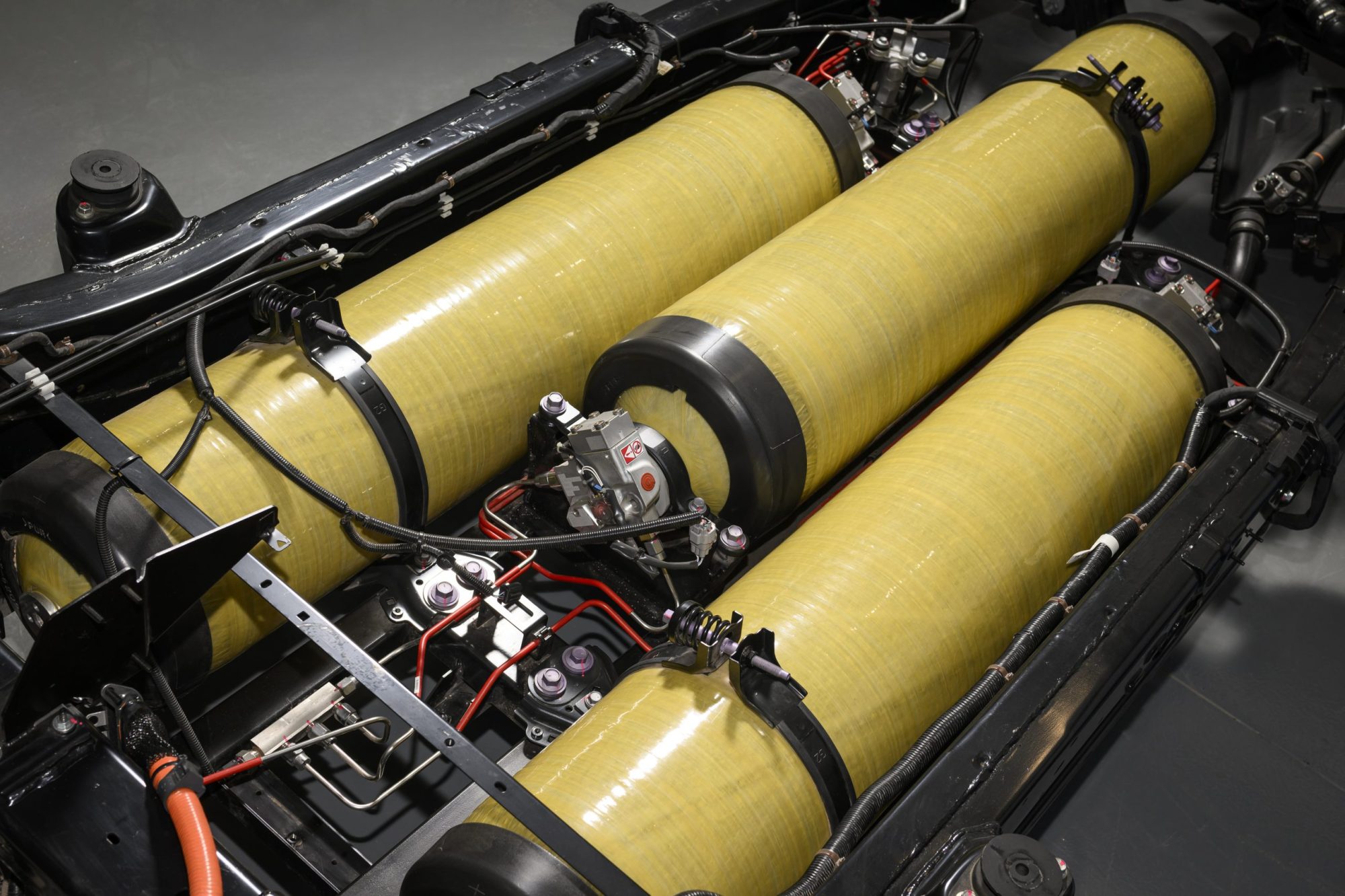

The Project
The hydrogen fuel cell Toyota Hilux prototype project began with a feasibility study in early 2022 and has quickly advanced to its final phase. The initial study, conducted by TMUK and TME, secured subsequent funding from the UK Government through the Advanced Propulsion Centre, a non-profit organisation that supports the development of cleaner technologies and new mobility concepts.
From July 2022 to January 2023, an intensive design and development program took place, involving consortium partners Ricardo, ETL, D2H, Advanced Technologies, and Thatcham Research, with additional support from Toyota Motor Corporation.
Parts manufacturing, including chassis frame welding, occurred between February and May 2023. Following the principles of the Toyota Production System, prototype construction was carried out in a dedicated area within TMUK’s Burnaston plant. Ricardo assisted with preparations for the prototype build, handling design and development tasks and confirming the complete manufacturing process in collaboration with TMUK teams.
The construction phase took place in June and July 2023, with the first vehicle completed in just three weeks. An additional nine vehicles were assembled between July and December, leading into a comprehensive evaluation phase that included test rig and track testing.
Currently, the 10 prototypes are undergoing field testing and customer engagement activities, marking the final phase of the fuel cell Hilux demonstration project.
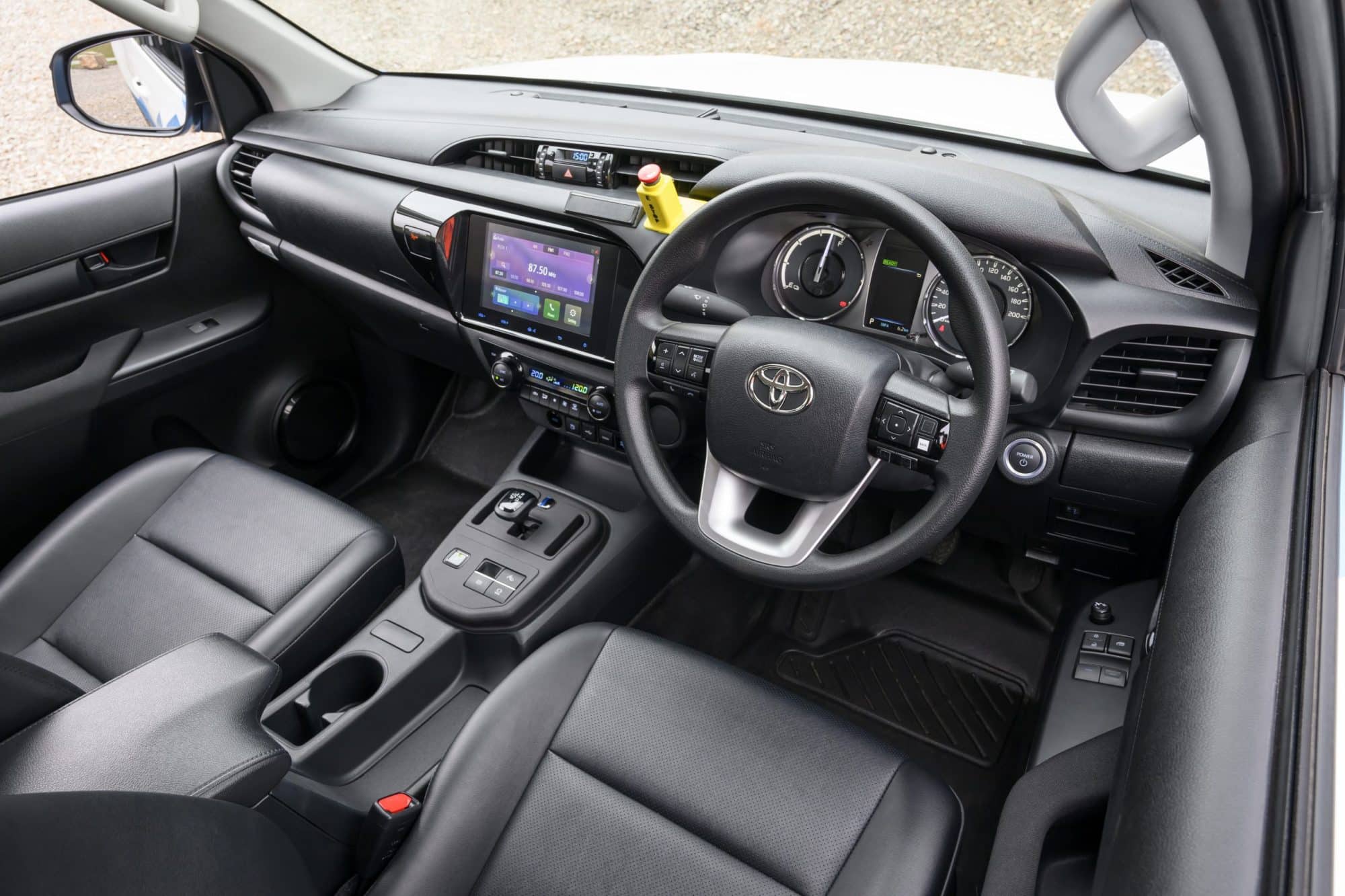
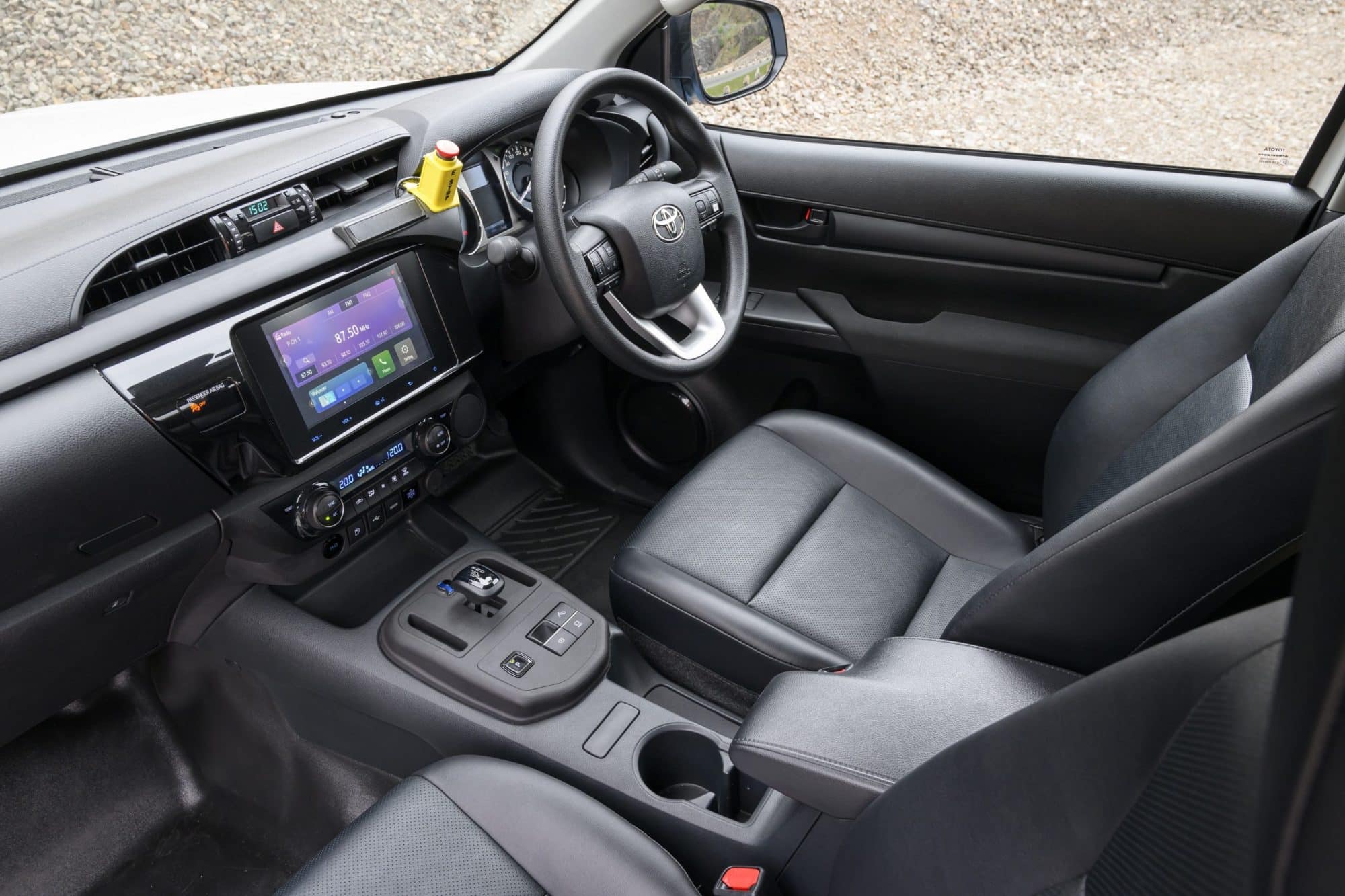
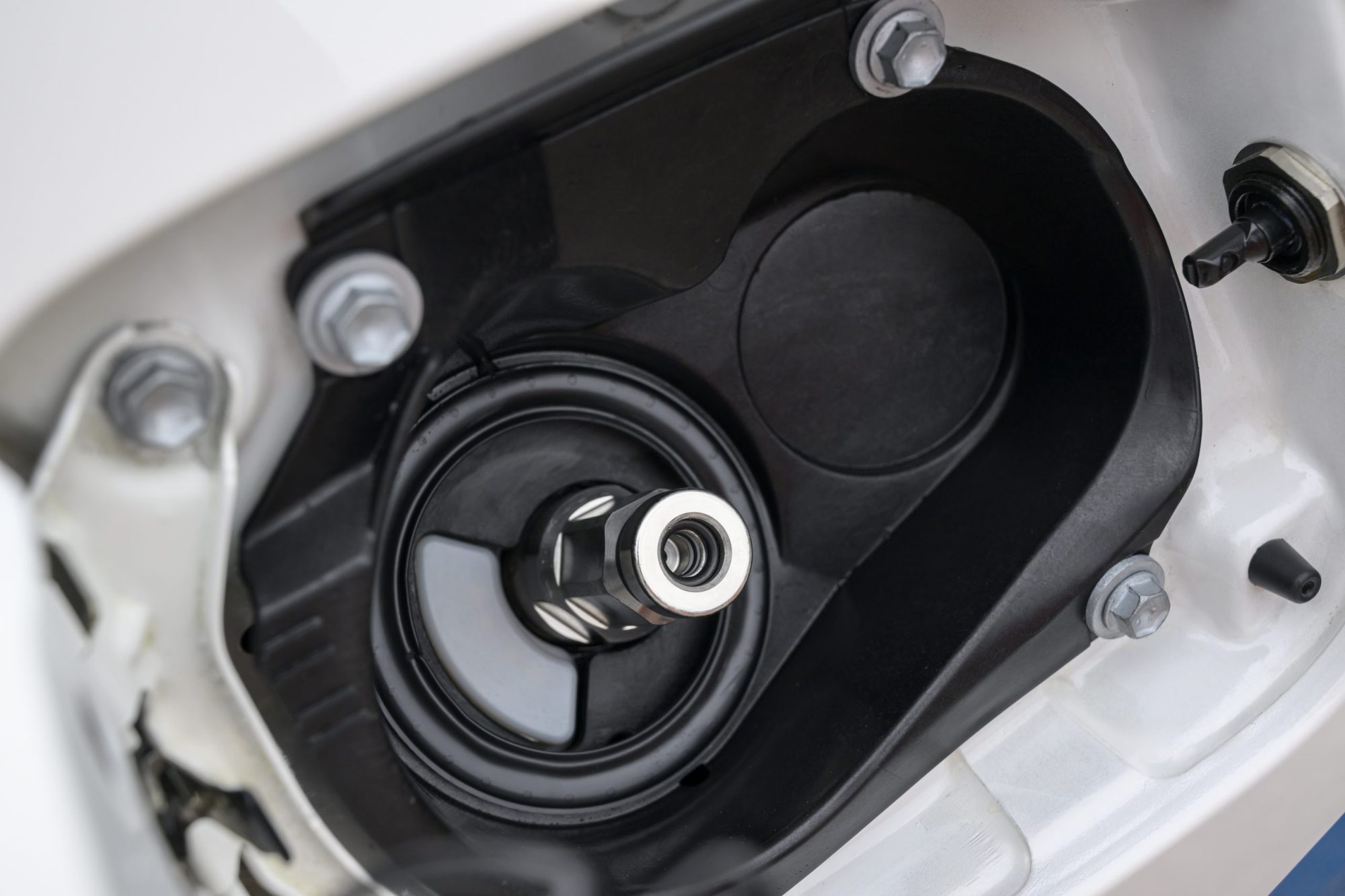

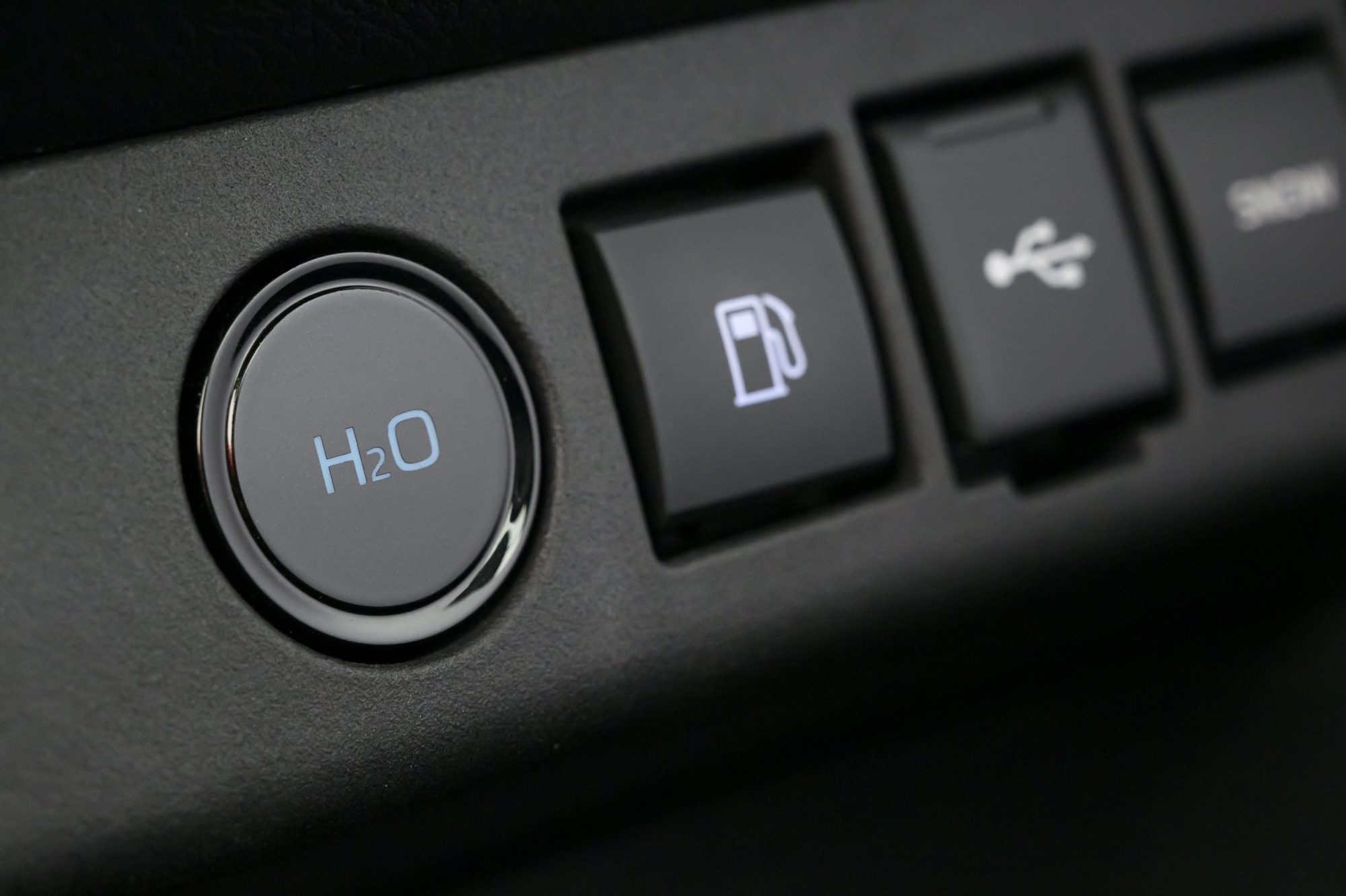
Gaining Experience Across Industries
Since beginning its hydrogen fuel cell development in 1992, Toyota has broadened its expertise and promoted the technology’s adoption across various mobility applications, with over 20 hydrogen partnerships active in Europe.
One notable collaboration is a five-year trial with VDL trucks, aiming to decarbonise Toyota’s logistics operations and support the growth of sustainable hydrogen infrastructure across Europe.
Since July 2021, Toyota has co-branded fuel cell buses with partner CaetanoBus, and French clean mobility company GCK is utilising Toyota’s fuel cell modules to convert 10 diesel coaches into zero-emission vehicles. These vehicles will transport over 5,000 visitors during the Olympic and Paralympic Games in Paris later this year.
In Norway, a partnership with Corvus has resulted in one of the safest and most advanced marine fuel cell systems available. Additionally, Toyota collaborated with Energy Observer to create the first hydrogen-powered, zero-emission boat that is self-sufficient in energy.
Toyota’s fuel cells are also applied beyond mobility and transport. The modular fuel cells form the basis of the GEH2 generators produced by Toyota’s partner EODev. In May 2021, these generators were used to illuminate the Eiffel Tower with sustainable green light.
Plans For The Future
Over the past 30 years, Toyota has continually refined its fuel cell technology. The Mirai, launched in 2015, was the world’s first mass-produced hydrogen fuel cell sedan, featuring Toyota’s first-generation fuel cells. Five years later, the new Mirai introduced second-generation technology, extending the driving range by 30 percent to approximately 400 miles (650 km).
To expand hydrogen’s potential beyond cars, Toyota has reconfigured its fuel cells into a modular format. The primary components—fuel cell stack, air supply, hydrogen supply, cooling, and power control—are integrated into a compact unit adaptable for various products and applications. These modules are available in both box form and a flat, rectangular format, providing greater flexibility for new applications.
These modules are assembled at TME’s R&D center in Belgium, which features an advanced assembly line combining cutting-edge technology with high-quality processes. The Hydrogen Factory Europe will increase fuel cell system production and maintain close connections with other Toyota hydrogen operations to achieve global reach and service.
Currently, Toyota is developing third-generation fuel cell technology, a key element in its plan to expand hydrogen usage. Sales are scheduled to begin in 2026-27. These new units will have higher power density and are expected to increase vehicle driving range by 20 percent. Technical advances and increased production volumes could reduce costs by more than a third.
Further research is exploring scalable fuel cell stacks with varying power outputs and the design of fuel tanks with complex shapes to accommodate different vehicle sizes.
Hydrogen Fuel Cell Toyota Hilux Prototype – provisional Technical Specifications
| FUEL CELL STACK | |
| Fuel cell type | Polymer electrolyte |
| Number of cells | 330 |
| Fuel cell power output (kW/bhp/DIN hp) | 128/172/174 |
| MOTOR GENERATOR | |
| Motor type | Permanent magnet, synchronous |
| Motor power output (kW/bhp/DIN hp) | 134/180/182 |
| Max. torque (Nm) | 300 |
| BATTERY | |
| Battery type | Lithium-ion |
| Number of cells | 84 |
| Capacity (Ah) | 4.0 |
| FUEL TANKS | |
| Number of tanks | 3 |
| Total capacity (kg) | 7.8 (3 x 2.6) |
| SUSPENSION AND STEERING | |
| Rear Suspension | Double wishbone |
| Rear suspension | de Dion |
| Steering | Electric power steering |
| EXTERIOR DIMENSIONS | |
| Overall length (mm) | 5,325 |
| Overall width – exc. mirrors (mm) | 1,855 |
| Overall height (mm) | 1,810 |
| Front track | 1,570 |
| Rear track | 1,570 |
| Wheelbase | 3.085 |

Leave a Reply
You must be logged in to post a comment.